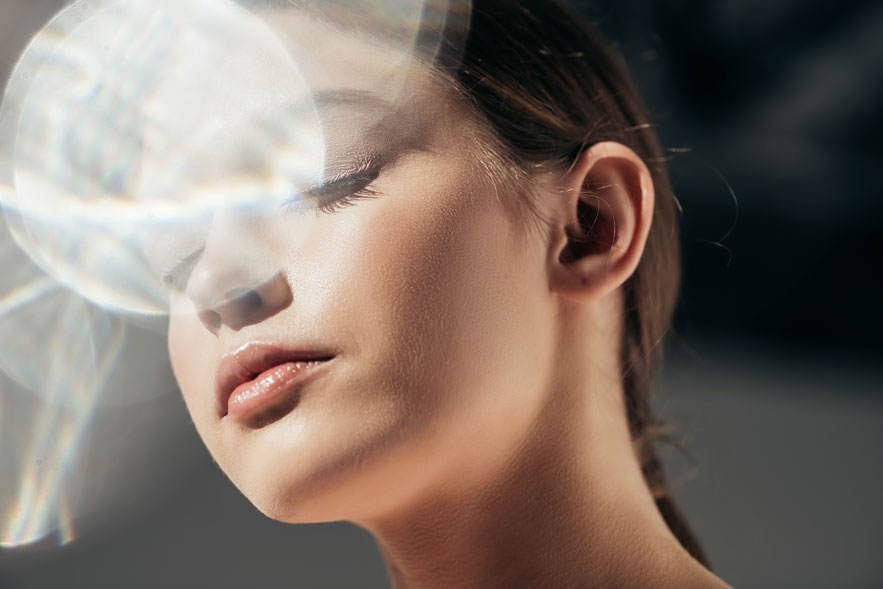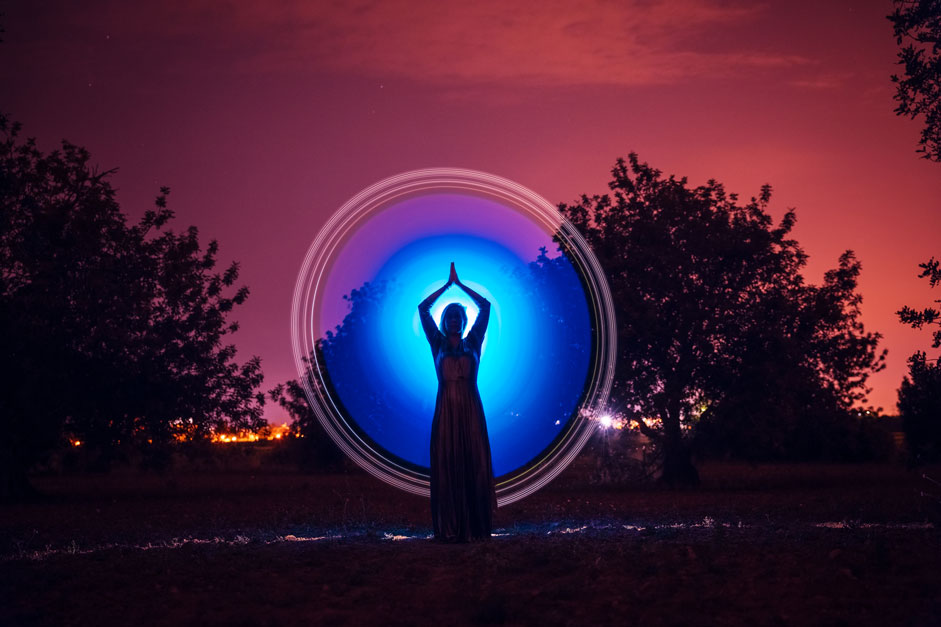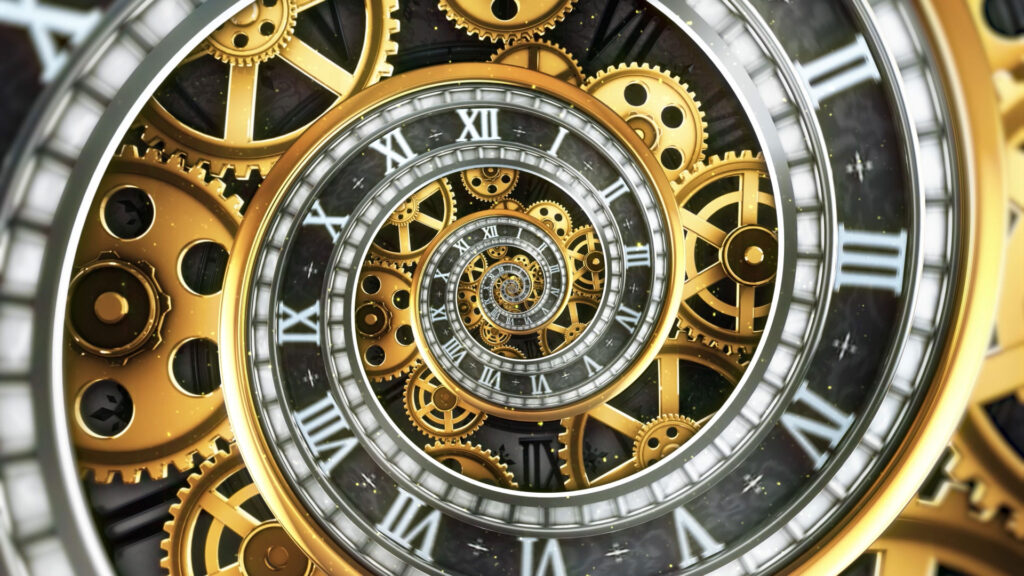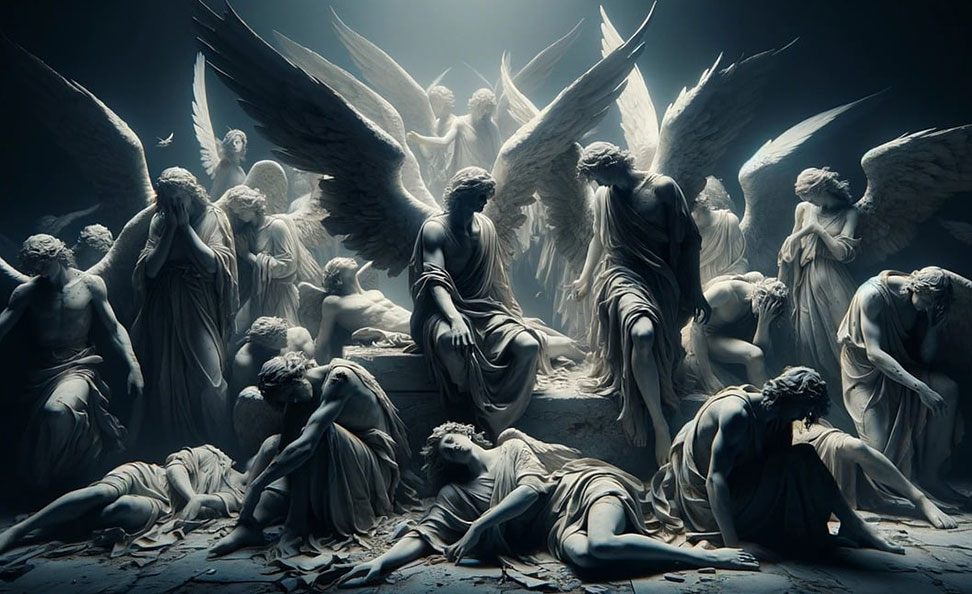What is consciousness is defined as “the awareness of one’s own existence, sensations, thoughts, surroundings and environment”. It has been studied by scientists and philosophers alike since ancient times but remains largely unexplained today. Scientists have identified several neural networks involved in the creation of consciousness including those responsible for sensory perception, cognition and emotion processing.
Neurochemicals such as serotonin also play a role in forming conscious states while cognitive processes like attention further shape awareness levels that we experience on a daily basis.
Philosophers have proposed various theories about consciousness ranging from dualism which suggests two distinct realms exist – physical matter and mental substance – to materialism which claims all phenomena are composed solely of physical matter or energy; emergent property theory which proposes that consciousness arises out of complex interactions between neurons; and panpsychism which holds that all objects possess some form of primitive mentality regardless if they are living or not living entities.
What is Consciousness?

Consciousness is defined as “the awareness of one’s own existence, sensations, thoughts, surroundings and environment”.
It has been studied by scientists and philosophers alike since ancient times but remains largely unexplained today. The word ‘consciousness’ comes from the Latin word ‘con’ which means ‘with’ and ‘scio’ which means ‘to know’.
In other words, consciousness is what happens when our brain knows what we are doing, where we are and what is happening around us. Although consciousness is a very complex and poorly-understood phenomenon, it has several defining features.
For example, it is widely believed that consciousness is always accompanied by awareness (i.e. the ability to perceive, process and remember external stimuli). Consciousness is also inherently subjective in that it only exists within the mind of the person experiencing it.
By contrast, the existence of other minds can only be inferred by reading their behaviour.
Scientific Explanation
Scientists have identified several neural networks involved in the creation of consciousness including those responsible for sensory perception, cognition and emotion processing. Brain activity and functional imaging studies show that the cerebral cortex is highly active during moments of heightened brain activity and awareness.
However, these same neural networks are also activated during unconscious activities such as maintenance of our bodily functions, metabolism and other autonomic bodily processes. This suggests that the cerebral cortex is not the source of consciousness. Instead, there are other neural networks within the brain that are responsible for its creation. Specifically, these networks are found in the brainstem, the thalamus and the reticular formation of the midbrain.
The cerebral cortex is heavily interconnected with these areas to form a complex system responsible for the creation of consciousness. Interestingly, the cerebral cortex is relatively larger in humans than other intelligent species like chimpanzees.
This suggests that a larger cortex allows for more complex thought and thus increased consciousness compared to other species.
Neural Activities and Brain Activity
Electroencephalography (EEG) is a neuroimaging technique that records electrical activity in the brain via electrodes attached to the scalp. An EEG reading reveals how active different parts of the brain are at a given moment.
The brain’s electrical activity can be broken down into several different components including alpha, beta, delta and theta waves.
Alpha waves are associated with a relaxed state of consciousness while theta waves are linked to dreaming.
Beta waves are associated with focused attention and cognitive activities. Delta waves occur during deep sleep when we have very little awareness.
Neurochemicals Involved in the Creation of Consciousness
Serotonin is a neurotransmitter that occurs naturally in the brain and is heavily involved in mood and emotion regulation. It is also thought to be a key component in the formation of conscious states.
Genetic studies suggest that variations in the genes that control serotonin levels affect one’s risk of developing certain psychological disorders such as depression and anxiety. Medication that alters serotonin levels is often used to treat these and other disorders. Interestingly, a study conducted in the 1990s showed that administering a serotonin inhibitor (i.e. a substance that blocks serotonin) to healthy volunteers created the sensation that they were no longer conscious.
Similarly, a study conducted in 2015 found that participants who were given drugs that blocked serotonin production experienced a significant decrease in their level of awareness. These findings suggest that serotonin is heavily involved in creating conscious states.
These findings also support the idea that a decrease in consciousness and an increase in awareness are two sides of the same coin. They also support the notion that consciousness and awareness are not the same thing.
Cognitive Processes that Create Awareness and Perception
Attention is the cognitive process that allows us to focus on a particular object or thought while ignoring distractions. Attention is a very important component in the creation of consciousness because it allows us to focus on external stimuli and thus create awareness of our surroundings.
Studies indicate that specific areas of the brain are responsible for attention and the regulation of consciousness. A study conducted in the early 2000s found that electrical stimulation of the superior parietal lobe (SPL) dramatically reduced the awareness of external stimuli.
This suggests that the SPL is involved in the creation of consciousness. A more recent study found that disruption of brain activity in the SPL impairs attention. The researchers concluded that the SPL is involved in attention and consciousness regulation. Interestingly, disruption of brain activity in the superior frontal gyrus (SFG) has been shown to impair an individual’s ability to shift attention from one object to another (i.e. from a book to a person’s face).
This finding suggests that the SFG may also be involved in the creation of consciousness.
Philosophical Explanations

Philosophers have proposed various theories about consciousness ranging from dualism which suggests two distinct realms exist – physical matter and mental substance – to materialism which claims all phenomena are composed solely of physical matter or energy; emergent property theory which proposes that consciousness arises out of complex interactions between neurons; and panpsychism which holds that all objects possess some form of primitive mentality regardless if they are living or not living entities.
Dualism maintains that the mind and matter are two separate entities. This theory is supported by the fact that our brains are composed principally of matter while our minds are made up of something that is not material.
This suggests that matter and mind are not the same thing and therefore do not interact with each other. Another argument in favour of dualism is the existence of different levels of consciousness.
For example, when we are awake, our consciousness is at its peak, whereas when we are asleep, it is at its lowest level. By contrast, materialists argue that consciousness is entirely the result of complex interactions between neurons.
This theory is supported by the fact that a large number of neurons are required for complex cognitive activities such as thinking and forming memories.
Mystical Finale
Consciousness is a very complex and poorly-understood phenomenon that has attracted the attention of scientists and philosophers since ancient times.
Today, it remains largely unexplained but research indicates that there are several neural networks involved in the creation of consciousness. These include networks responsible for sensory perception, cognition and emotion processing.
Moreover, neurotransmitters such as serotonin are heavily involved in forming conscious states while cognitive processes like attention further shape awareness levels that we experience on a daily basis. Most importantly, these findings suggest that consciousness is a complex phenomenon involving different areas of the brain.
This discovery is important because it may help researchers to better understand how consciousness works and how to treat disorders associated with decreased levels of awareness.






